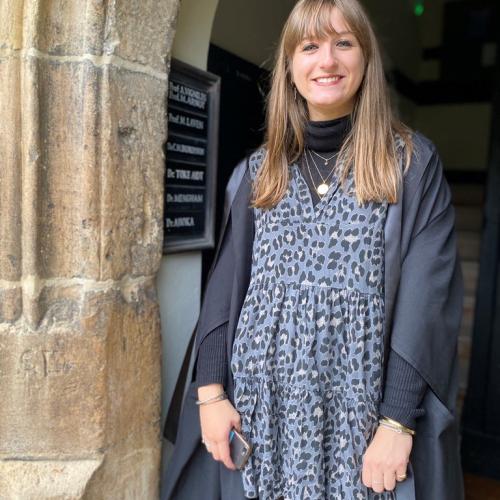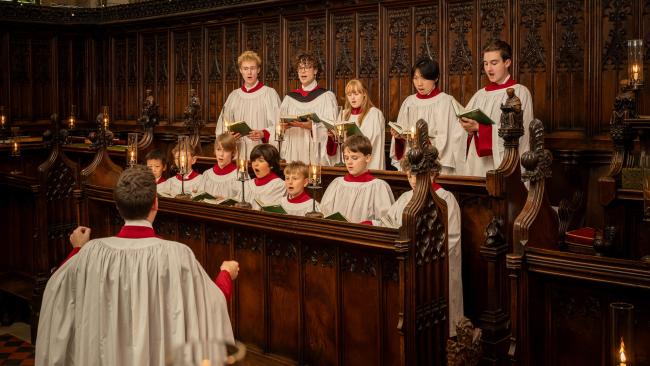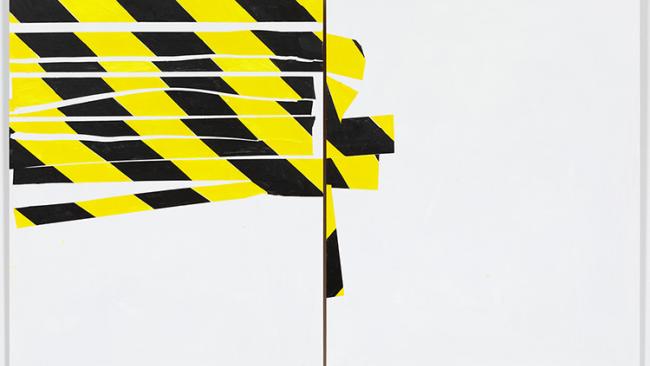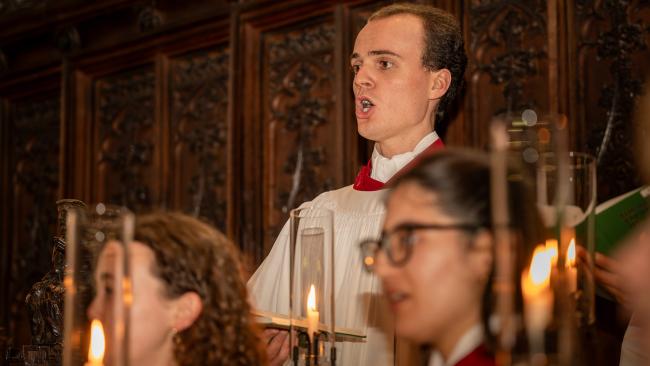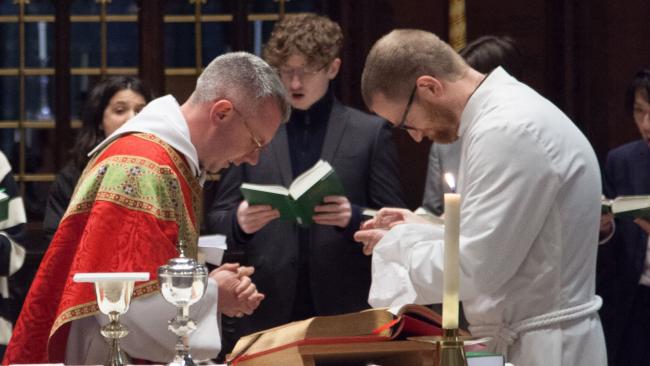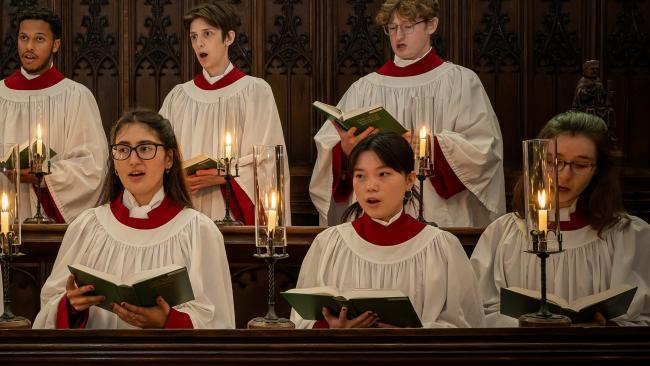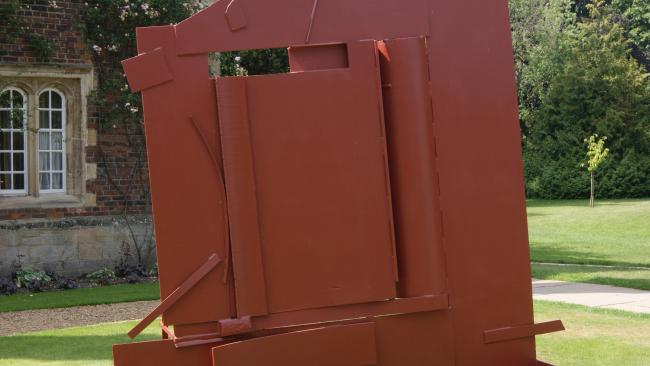
Anthony Caro
Work exhibited: Vespers.
Sir Anthony Caro is widely acknowledged as the most influential sculptor of the postwar period. After two years as an assistant to Henry Moore in the early 1950s, he began working at St Martin’s School of Art, where his teaching over a period of nearly 30 years had an indelible effect on the following generation of artists, which included Barry Flanagan.
He began producing abstract sculptures at the beginning of the 1960s, showing fifteen largescale works at the Whitechapel Gallery in 1963 in an exhibition that has since acquired legendary status. His work has remained at the forefront of critical attention ever since.
His work of the 1970s is sharply focussed and decisive in expression. Vespers (1972-4) is characteristic of this period in its abandonment of the plinth. The idea that sculpture should sit directly on the ground, without creating a space for itself beyond that of the viewer, is now a commonplace but was first put into regular practice by Caro.
The title is typically evocative in ways that seem at first to be tangential to the sculpture - Caro’s titles rarely have direct reference to figurative content, but they can be subtly allusive to ideas and conditions that the sculpture discloses more indirectly. The word ‘vespers’ has liturgical overtones, but it relates more broadly and etymologically to the Latin and Greek words for evening and the evening star.
The sculpture’s declination, its all encompassing tilt, turns it into a kind of parallactic instrument for calculating the path of the setting sun, while its slightly yielding verticals are equally suggestive of the evening star in the ascendant. But the more complex articulations of its surface, of its coordinating segments, are more suggestive of a kind of mechanical dehiscence, of an industrial equivalent to a foliate system in the process of either opening or closing, like vespertine plants that unfold with the setting of the sun rather than its rising.
It is curious that a spatial form should be drawn so emphatically into a temporal frame, but Caro’s alignment of his work with the rhythms of a diurnal cycle is perfectly consistent with his matter of fact insertion of sculpture into the quotidian world, with its relinquishment of monumental status and its insistence on occupying the same space as the viewer, its pragmatic stress on reorganising the space they have in common.
